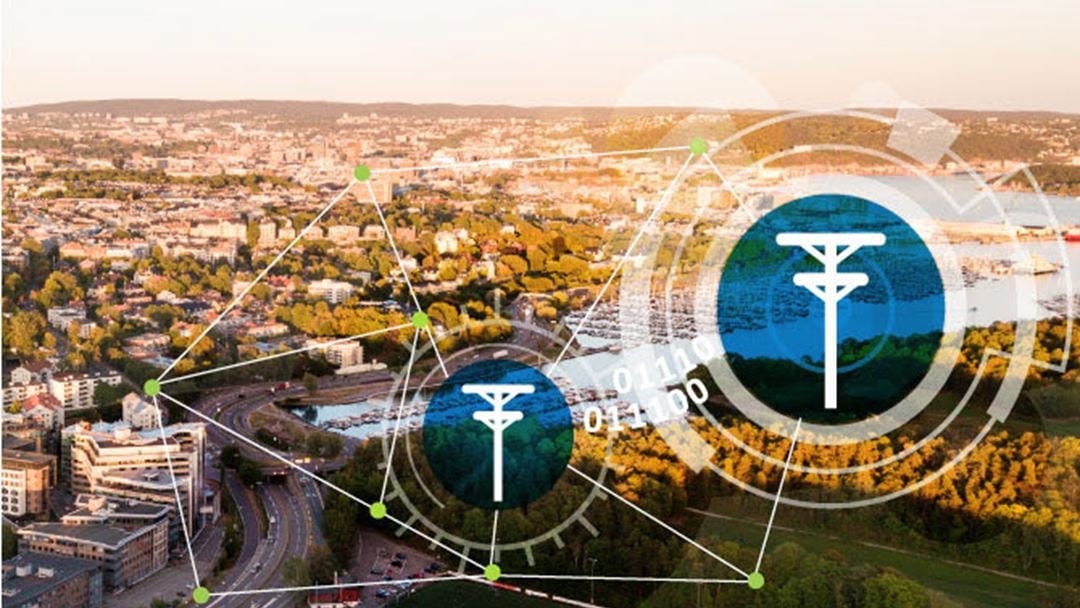Smart asset management in distribution grids
Decision support methodologies and tools are needed for asset management in future robust, flexible, and intelligent distribution systems. This subtopic covers research on methods and tools to support risk-based asset management. Improved assessment of the technical condition of components can be achieved using new sensors, increased sensor coverage, online condition data acquisition and analysis.
Initial work attempted to address the opportunities and challenges for implementing automatic methods for technical condition assessment for components in the distribution grid.
Condition monitoring for electricity distribution infrastructure can be divided into two broad areas. One is monitoring of infrastructure corridors where state of the art commercial solutions are available, using for example LIDAR data or photogrammetry. The other broad area is monitoring of the infrastructure itself and can be further divided into two main schemes: embedded monitoring, where sensors and required communication networks are integrated into the infrastructure itself, and remote monitoring which utilizes non-contact sensors carried by a mobile platform.
Some of the remaining challenges for automated condition monitoring systems include a lack of labeled training data, detection of novel faults, low-visibility conditions, and small features requiring high resolution sensors.
Future trends within automatic condition monitoring includes the increased adoption of remotely operated aircraft for data collection, the emergence of commercial solutions for automatic condition assessment of infrastructure and components, as well as the adoption of novel sensor types to extend the range of faults that are detectable.
Activities are carried out in connection with Elvia's CINELDI pilot on digital inspection of MV/LV substations where the focus has been risk modelling and assessment of the technical solution.
Data driven automated decision support for asset management, enabling DSOs to reduce risk, postpone maintenance and extend the equipment lifetime, is an ongoing activity where focus is on which data and quality are sufficient for optimal maintenance and reinvestment decisions. This includes a focus on the Value of Information (VoI), where a distinction is made between the value of perfect information and other information.
Since data is often collected for specific purposes, this results in limited availability for other purposes. Digital twins are a concept to reduce this problem. An initial investigation has been carried out regarding the use of digital twins for this purpose.

